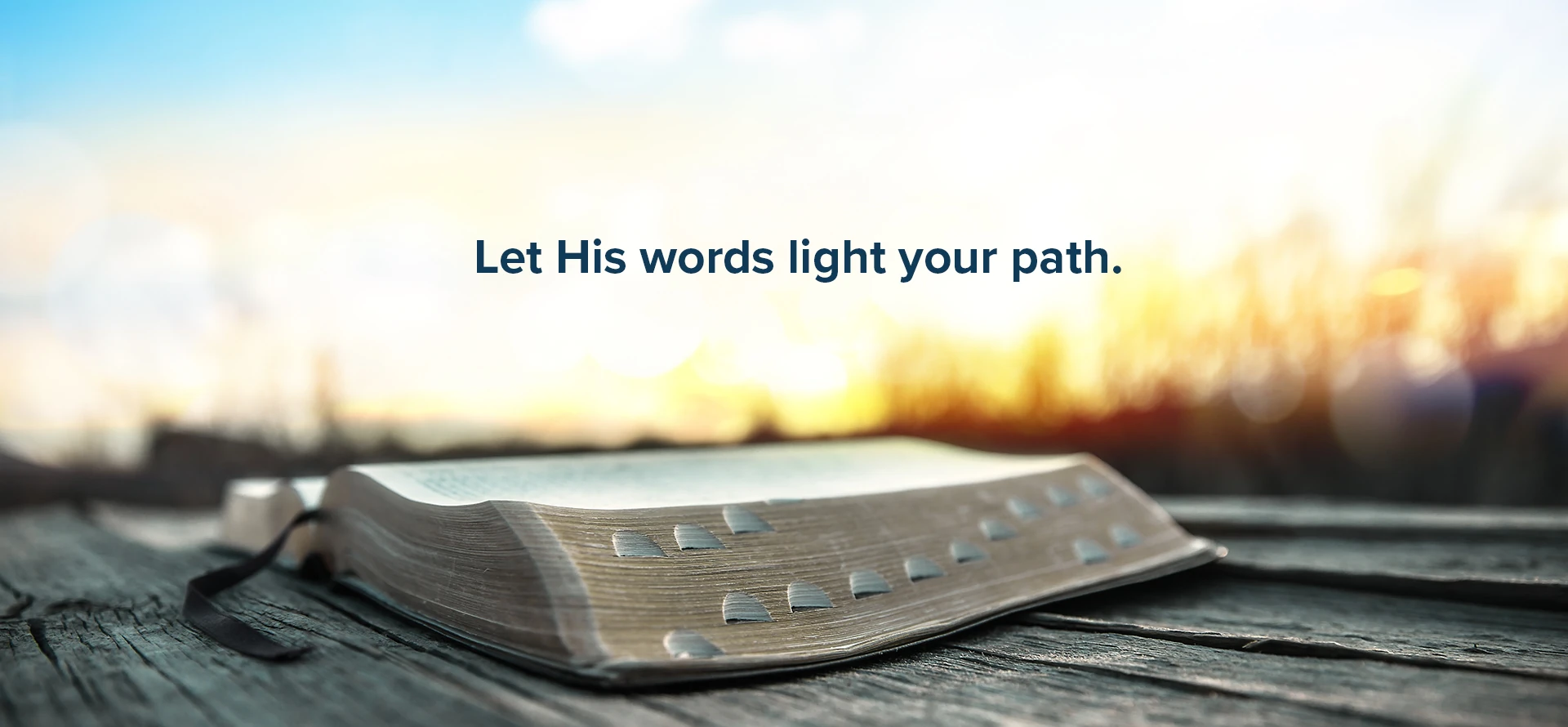


Wednesday, May 22 – Ruth 2, 3
1. What request does Ruth make of Naomi? What does this say concerning their financial position? Ruth 2:2
2. What did the Lord command regarding harvesting procedures and leaving a portion for the poor to glean? (See Leviticus 19:9-10 & Lev. 23:22) How does the attitude and actions of Boaz compare with the Lord’s instructions? Ruth 2:14-17
3. What evidence is there to show that the excessive kindness of Boaz toward Ruth was of pure motives and not done out of ulterior romantic motives? Ruth 2:5, 11-12
4. Did Ruth initially understand that Boaz was a “Kinsman-Redeemer? What evidence is there to show that Naomi understood the significance of Boaz’ relationship to her family? Ruth 2:19-23, Ruth 3:1-4
Chapter 2 of the Book of Ruth begins with Boaz, who is of the family of Elimelech. He is in fact a close relative and therefore could and should serve as a Kinsman-Redeemer for Naomi—and, by extension, Ruth. Ruth goes to glean the grain leftovers of the barley harvest and ends up in the fields of Boaz. Clearly, her ending up there is the work of Divine providence—with maybe a little help from Naomi. And the rest, as they say, is history.
“Kinsman-Redeemer” in Ruth is the Hebrew term “ga’al” which has the root meaning of “to redeem”, hence meaning “redeemer”, which in the Hebrew Bible and the rabbinical tradition denotes a person who as the nearest relative of another is charged with the duty of restoring the rights of the other and avenging his wrongs. The obligations of the “ga’al” include the duty to redeem the relative from slavery (Leviticus 25: 48-49); to repurchase the property of a relative who was reduced to poverty; to avenge the blood of his relative; to marry his brother’s widow in order to have a son in the name of the deceased brother in the case where his brother had no son (Deuteronomy 25:5-6).
All of this was God’s way to provide for those who suffered misfortune. When Ruth uncovers the feet of Boaz and lays at his feet, she was expressing symbolically her willingness for Boaz to assume the Kinsman-Redeemer role. In turn, Boaz allowing this, signified an acknowledgement of his desire to do so.
Ultimately, the story of Ruth is a love story about how two good people with very little in common, meet, gain respect for each other, then finally fall in love.
As Kinsman-redeemer, Boaz serves as a type of Christ. Ruth lies down at the feet of Boaz acknowledging her poverty and need of redemption, while also showing her willingness for Boaz to assume the role of her Redeemer. Likewise, we are poor, blind, and naked—in desperate need of redemption. What must you do to acknowledge before the Lord your need and show your willingness to accept Christ as your Redeemer? Are you willing to do it?
May God bless you and be with you this day!
